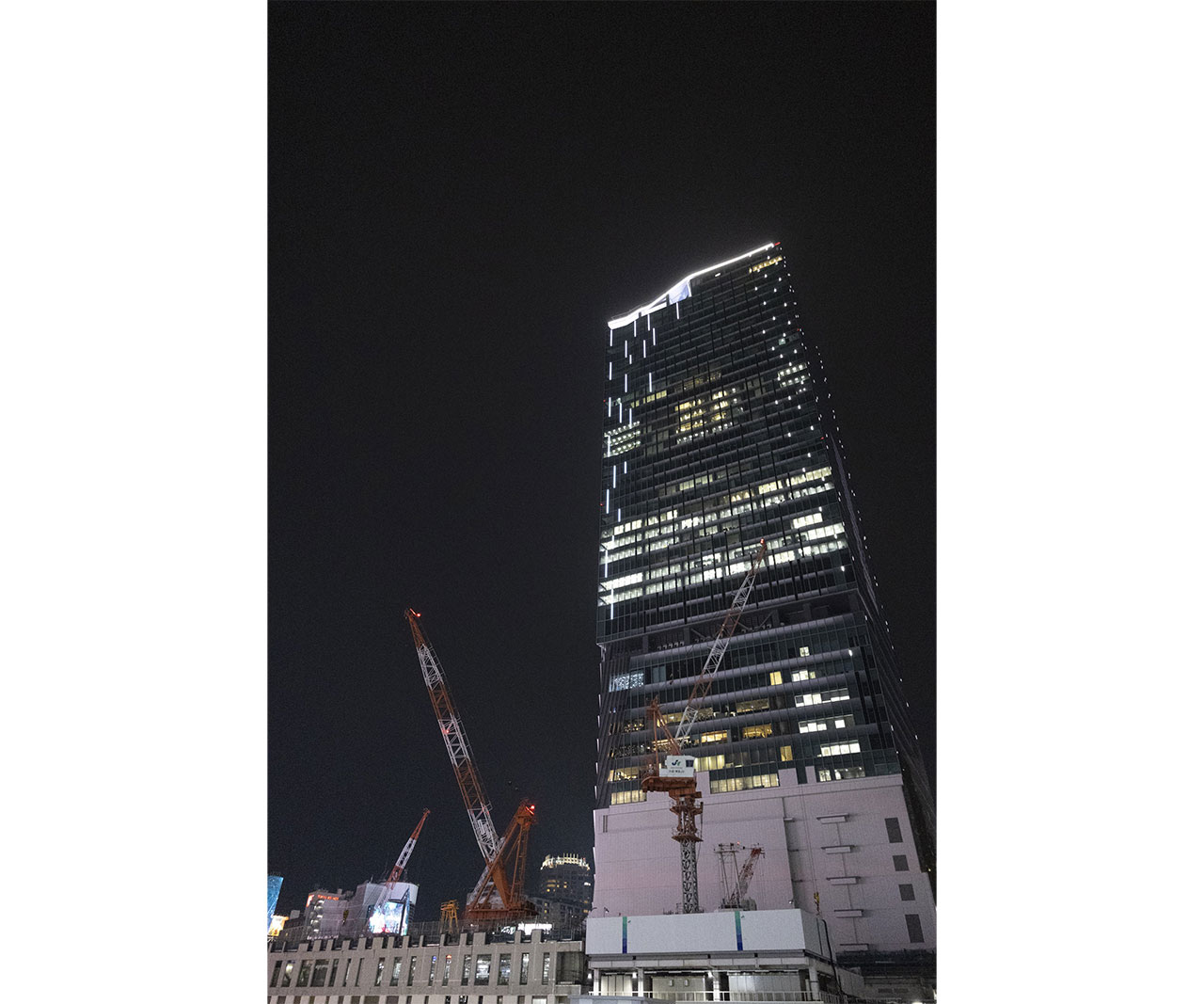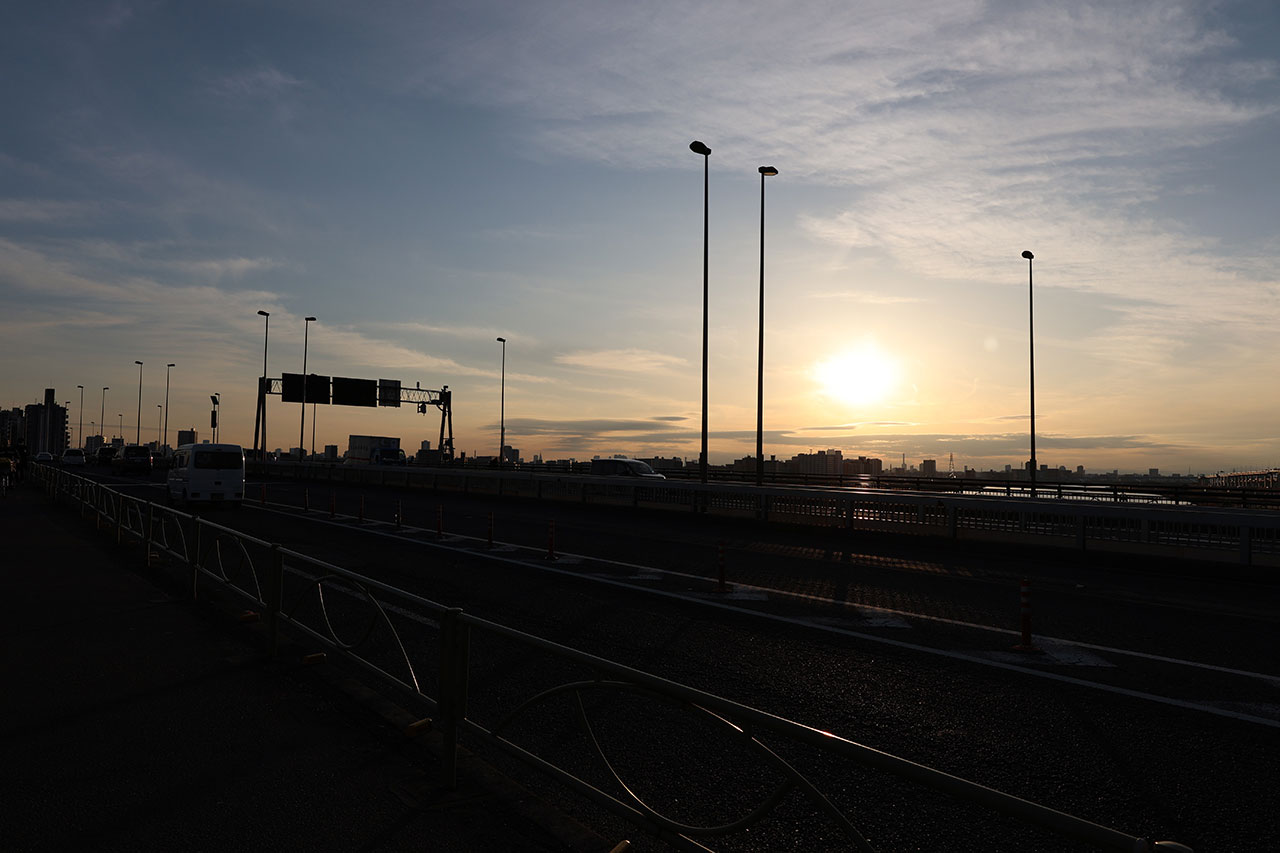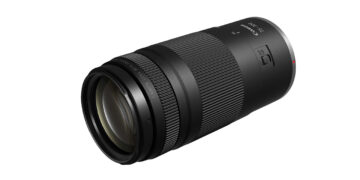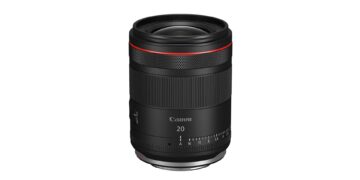
- The smallest and lightest R8 in the history of full-size EOS is a small giant
- Appearance comparison
- Enhanced feature list
- Resolving power and high sensitivity performance equivalent to the kit lens and the R6 Mark II
- High grip handling performance in a small body
- Greatly improved battery life
- Comparing AF behavior with high-end models
- R8 as a movie camera
- Requests from the perspective of movie prosumers
- summary
The smallest and lightest R8 in the history of full-size EOS is a small giant
Four years have passed since the release of the EOS RP (hereafter: RP), and the RP is undoubtedly the camera that I have carried the most in these four years. I decided to make a detailed report with the actual machine at hand as soon as the successor to the RP that I had been waiting for was strange in a good way.
First of all, the product name, as you already know, is the first EOS model with the number 8, not the RP.
Next, the price is 264,000 yen including tax (body only) at the Canon online shop at the time of the reservation start on February 10, 2023, and the RP after 4 years has passed is 132,000 yen including tax (body only). just twice as much. Since 10% off is applied to members, it is actually 237,600 yen, and it seems that other camera shops and home appliance mass retailers are unified with either point back format or actual sales price without points at 237,600 yen.
As an aside, these are the recent one-price strategies that have been adopted by various companies, including major home appliance manufacturers such as Panasonic, and they also play a role in saving mass retailers that have physical stores. A long time ago, after confirming the demo machine at the store, the user would lose money if he didn’t purchase it at the online shop, so I feel that it is really sound now.
Well, let’s get back to the topic and check it from the outside.
Appearance comparison


The size is the same as the RP, but the warship part is slightly rounded and has a nuance derived from high-end aircraft. The operation system on the back is the same as the RP.

However, the operation system on the top has been reviewed, and the on/off switch is placed on the right hand side and integrated with the lock button. The other side is a still/movie switch.




In addition, the hot shoe is equipped with a multi-accessory shoe that supports a dedicated microphone and the latest clip-on strobe. In addition, the shape of the grip part has been reviewed to improve holdability.
This makes it possible to firmly support the camera with just your right hand, and the power supply is integrated into the lock lever, making it possible to operate the camera’s power switch smoothly with one hand.
When a large-aperture lens such as the L series is attached, the camera body loses the thickness of the lens when the camera is placed in front of the camera. The balance is stable, and you can turn on the power at the same time as holding the grip facing upward, realizing a smart UI that is typical of Canon.
In this area, not only is it small and portable, but the balance between subtraction and multiplication is excellent, and my honest impression is that there is no fault.






Compared to the RP, the EOS R8 (hereafter referred to as the R8) has a flatter and more stable shape when placed vertically, which is evidence that it is expected to play an active role as a high-end machine. As you can see, the RP leans forward slightly toward the lens.


Many users, including the author, have reported problems with the vulnerability of this standard, so it seems that the trend will be to return to full-size HDMI (type A) in the future. I would like to continue to pay attention to what will happen to the future of the lineup that has shaken off the weight.
Personally, when I look around the terminal, I think that even a full size can be installed without difficulty, but it seems necessary to review the shape of the cap.

Next, I compared it with the EOS R6 Mark II (hereinafter: R6 Mark II), which has the same full size sensor and processing engine, and the APS-C EOS R7 (hereinafter: R7) as a lightweight model.

Compared to this, the thinness of the R8 stands out. That should be true, when the RP was introduced four years ago, the catchphrase was “the smallest and lightest in the history of full-frame EOS”, but the R8 is a camera packed with cutting-edge performance while breaking that record. It is surprising because it is.
Enhanced feature list
Now, the smallest and lightest full-frame EOS camera is back, equipped with the latest sensor, image processing engine, and functions. It looks like an R8. Then, while summarizing the functions that have been specifically enhanced compared to RP, the functions that will have a great impact on video users are listed in bold.
- Dust and splash proof
- Physical switch for still image video mode
- Multi accessory shoe
- 24.2 megapixel latest sensor (equivalent to R6 Mark II)
- RAW burst mode
- Pre-recording
- 1053-division AF points for the entire area (RP/143 divisions)
- Latest AF
- Servo AF speed 10 step adjustment
- Improved ranging luminance range
- High frequency flicker reduction
- DPCMOS OF II
- Electronic shutter 1/16000 second
- 40 fps electronic shutter
- 4K60P 10bit 4:2:2 with full-width 6K oversampling (HD PQ, C-log3)
- Focus breathing correction
- Recording highlight display (countermeasures against reverse rec)
- No recording time limit due to heat Continuous recording up to 2 hours
- USB3.2 Gen 2
- Supports UVC and UAC (recognized as a web camera when connected to a PC via USB)
As if the R8 was a video camera, it has made a significant evolution that video users have been waiting for, and has achieved further weight reduction. In addition, although it is common for a device to become large and heavy as its functions are enhanced, I would like to give the highest evaluation to the point that it is possible to achieve both with an accurate selection and development capabilities.
To be honest, in terms of hardware, high-performance video cameras overlap with the needs of an era where high-performance still cameras are also needed, and the trend to combine the performance of both stills and movies at an extremely high level while making them smaller and lighter is accelerating. I believe that they will continue to do so.
So without exception, let’s review the actual machine from the perspective of a video professional user.
Resolving power and high sensitivity performance equivalent to the kit lens and the R6 Mark II
First of all, let’s touch on the kit lens that will be released at the same time this time. Single-lens video users tend to avoid lenses with fluctuating f-numbers. This time, I actually tried snapping both still movies, so I will report my impressions.
Let’s start with the appearance of the R8 with the kit lens attached.



The feature is the collapsible shape, and as you can see at a glance, the AF/MF selector switch has been revived and integrated with the control selector switch. I feel this is a huge improvement.
In terms of weight, it weighs 210g, which is slightly heavier than Sony’s FE 28-60mm F4-5.6 (167g), but it supports 4.5 steps of image stabilization. As for the F-number, I honestly thought that it would have been better if it had been 1/3 stop brighter, but I felt that the high-sensitivity performance of the R8 is a combination that can be fully covered.
Regarding the high-sensitivity performance test, the sensor and image processing engine are the same as the R6 Mark II, so I hope you can check it in the R6 Mark II article I contributed earlier .
This time, let’s introduce a sample that we actually took outside and shot.
Below are the RAW materials shot at ISO12800, exported without noise reduction processing, and those processed with noise processing in Lightroom.
With the EOS R5, ISO12800 is the line that I am interested in, and if it is possible to maintain this level of detail and express smooth gradation, even if the maximum aperture is F4.5, the shutter speed will have a margin to shoot nighttime street shots.
This is exactly the performance of the R6 Mark II, which is close to the EOS R3 (hereafter: R3).
In addition, it complements the R8, which does not have in-body image stabilization, with 4.5 steps of in-lens image stabilization. Below is the material shot at 1/0.4 second. At the same time as placing telephone poles at the ends of both frames, text was placed in the back at the timing of people’s rampant movement. rice field.

Let’s keep shooting nasty. This is the JPEG generated in the camera as it is, so please refer to it.
Here is a shot of the backlight at dusk. I shot at the widest angle and telephoto.
A small ghost can be seen on the wide-angle side, but it feels clear without any haze. With this, it will be possible to make appropriate corrections not only in Lightroom, but also in simple smartphone apps that do not have a haze removal function.
Next, I took landscape snapshots in front light at 24mm, 35mm, and 50mm.
A clear and crisp image was obtained. It can be said that it can be highly evaluated not only as the first lens for entry-level users, but also as a lens that users who are accustomed to cameras can carry around and capture their daily lives.
Other than the situation where I was concerned about the accuracy of AF distance measurement in low-light and low-contrast conditions, I was not dissatisfied with the performance.
Since it is too light and light, I took it to Asakusa and Shibuya where I had business during the rental period and took some snaps, so I will post it here.
All JPEGs generated in-camera.


image to enlarge

enlarge

image to enlarge

enlarge
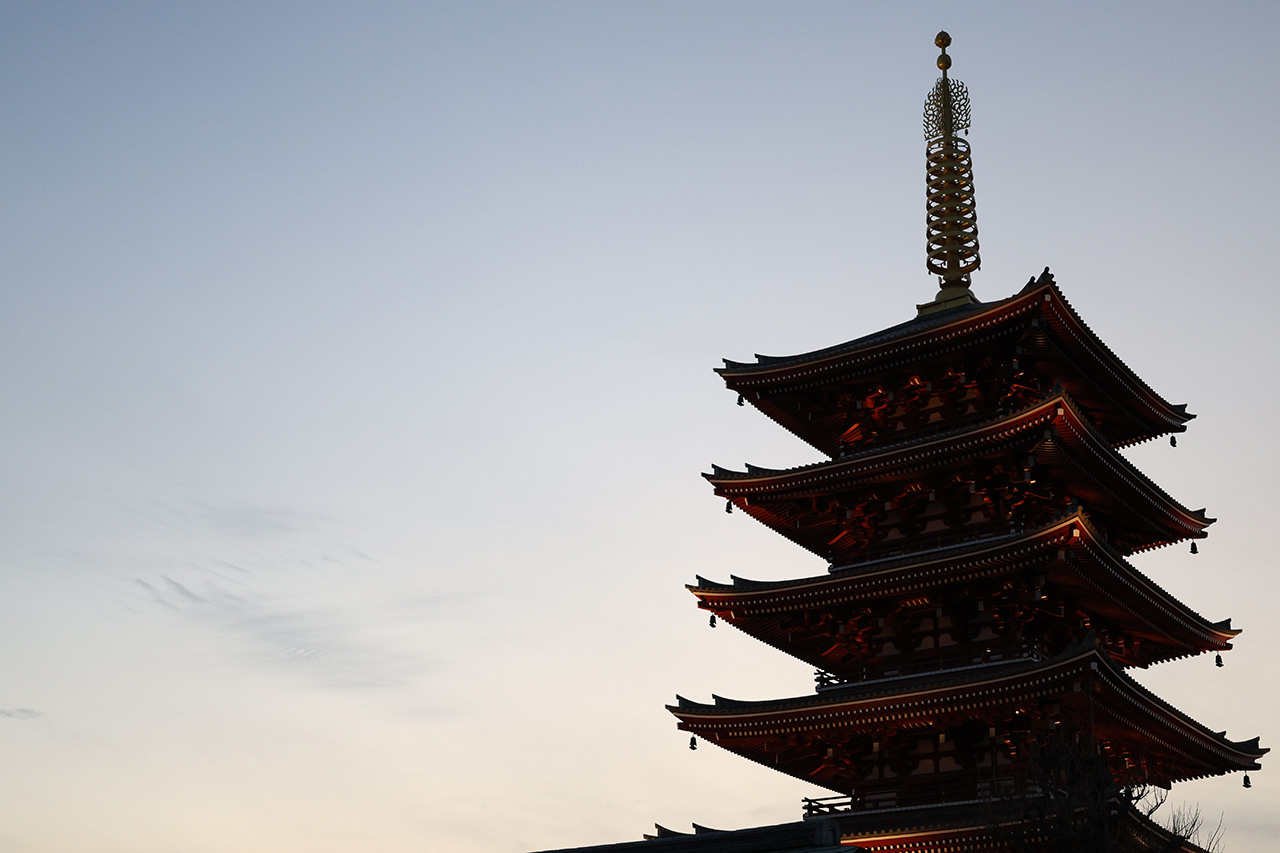
enlarge

enlarge

*Click image to enlarge

*Click image to enlarge
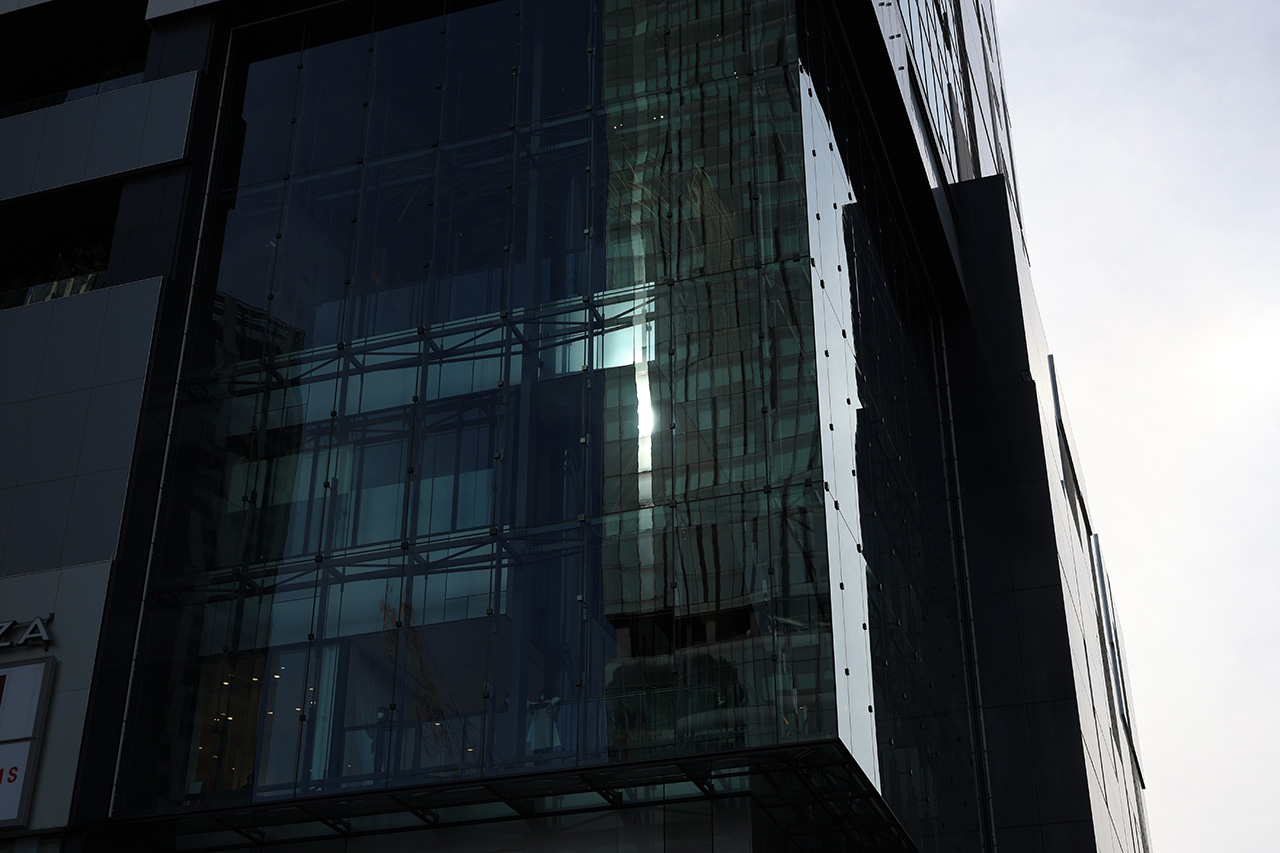
image to enlarge

*Click image to enlarge

*Click image to enlarge

*Click image to enlarge
Coincidentally, it was a snapshot of a townscape with high contrast, such as the starting and ending stations of the Ginza Line. All of these are kit lenses, and the white balance is set to auto, and only the exposure is controlled manually. Although I shot in low key on the premise of some development, the result was a result that I felt that the camera and lens were well tuned.
In addition, I shot several movies, but the AF driving sound was suppressed, and I felt that it was a high-performance AF that smoothly transitioned at 10 speeds specified on the body.
If there is a problem with this kit lens, it will be the build quality of the entry-class lens that Canon’s next challenge will be.
The plasticy texture that accompanies the weight reduction, and the burrs of the mold in the manufacturing process are not beautiful as it has been pointed out, and I feel that it is unnecessary and is only a factor that inhibits the desire to own it. Therefore, I would like to expect improvements in the future.
By the way, this lens is by no means a cheap lens as it costs over 50,000 yen if purchased individually.
High grip handling performance in a small body
As I mentioned in the appearance check, the grip design of the R8 has been redesigned so that a general adult male (Japanese) like the author can hold it firmly without leaving a little finger. Therefore, with a large-aperture lens attached, the grip can be used to hold the camera securely with just one hand, and the power can be turned on and off with just one hand.


this is good. A large-aperture lens can be operated without difficulty with a minimum configuration. So I took out the 135mm and took snaps. This also served as a test run of focus breathing correction for practical use.
Although the breathing correction function was introduced in the review of the R6 Mark II , if it is used for the intended camera work, it will be used with the servo focus set to “No”. In this state, the AF/ON button is pressed once for high-speed focus operation, and the 10-step focus speed reading set by half-pressing the shutter button will gradually transition without breathing.
Since there is no multi-controller button, it is necessary to fix the camera with only the left hand in order to perform multiple focus work in the hand-held fix state. However, it is not something that is used repeatedly, and it seems that there are many cases where it is necessary and sufficient if it is performed once with high accuracy, and we have confirmed that it is a very effective operation.
Drawing reference example of RF135mm + R8

enlarge
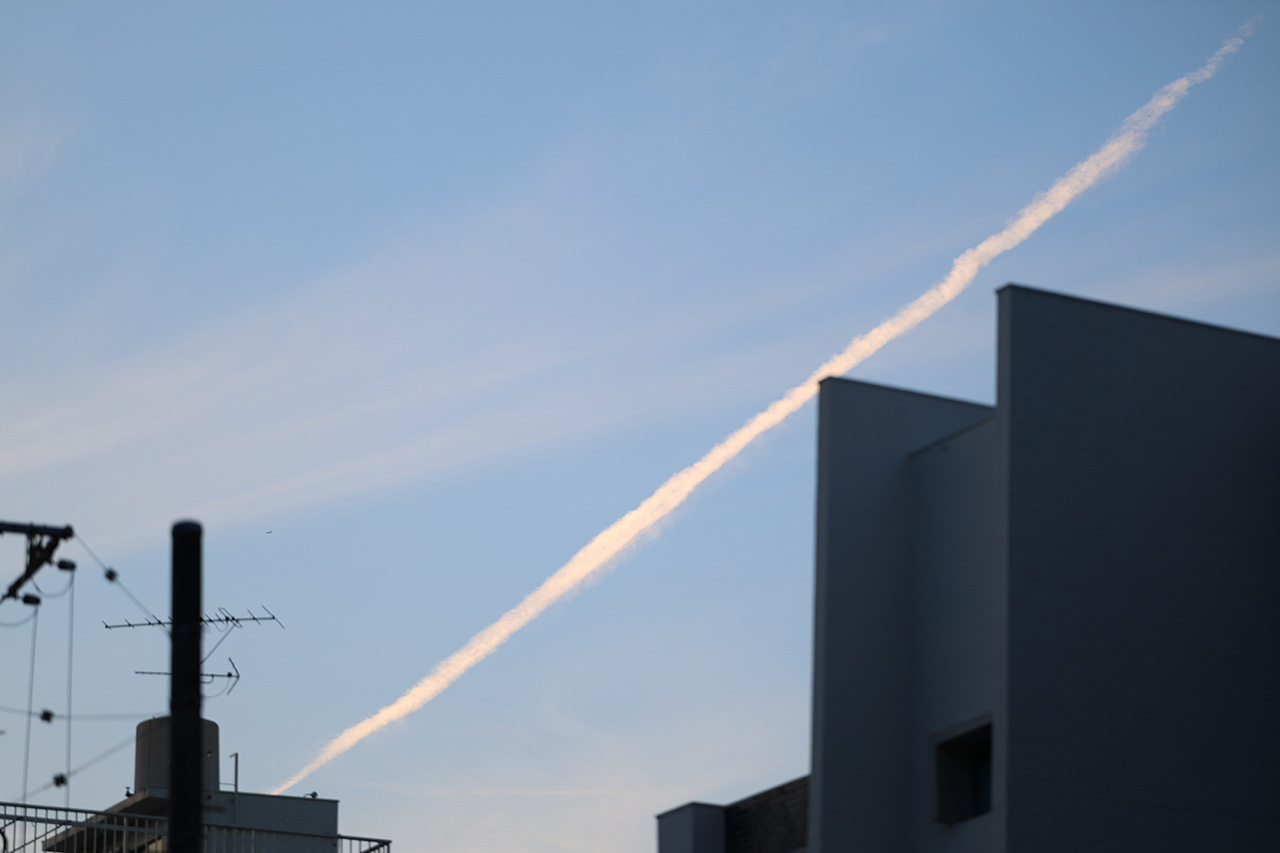
*Click image to enlarge

enlarge

*Click image to enlarge

enlarge

enlarge

enlarge

enlarge

enlarge

enlarge

*Click image to enlarge

enlarge
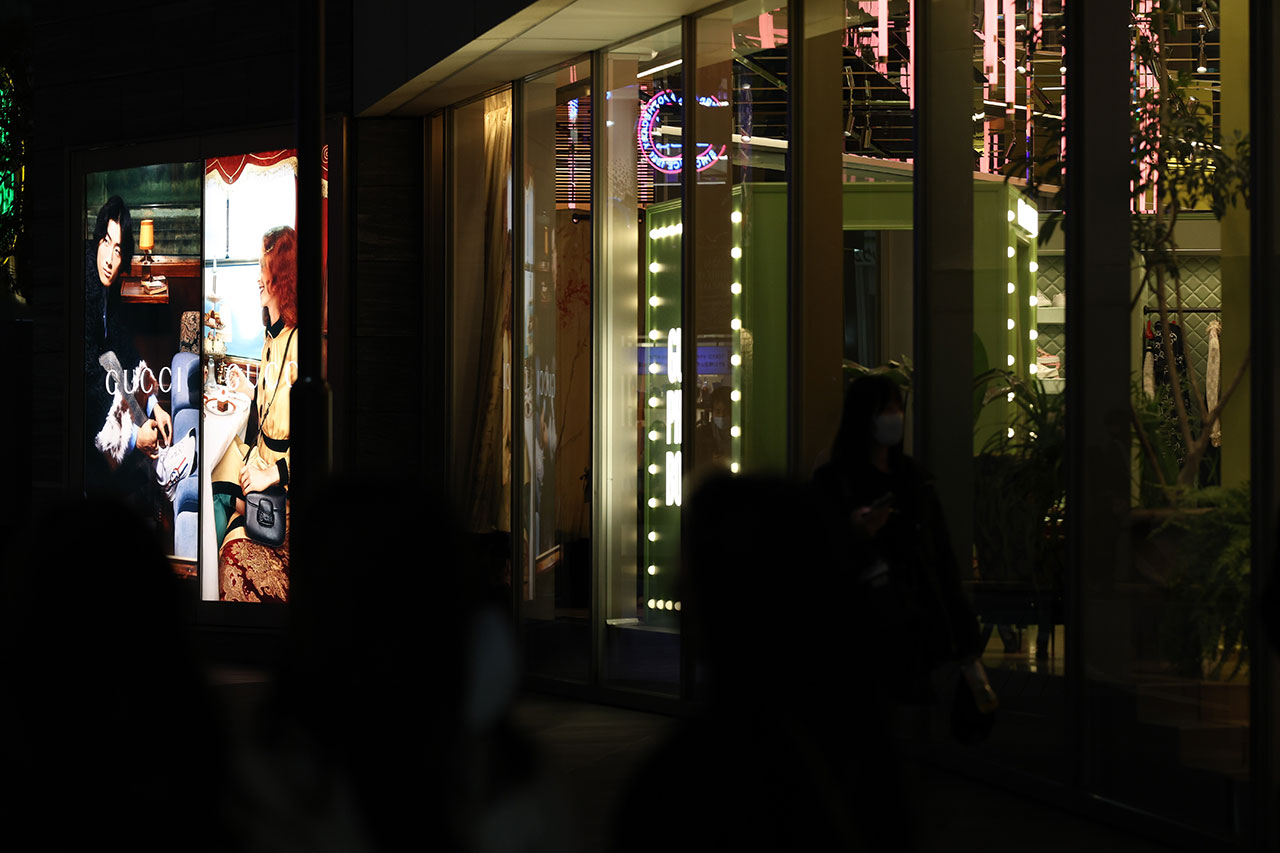
enlarge

enlarge

enlarge
At RF135mm, the R8 deserves to be able to accurately draw out the overwhelming rendering performance that delicately captures even the slightest amount of light. This should not be an entry level machine.
At the time of the announcement, I was outraged. This is because it is sold at the same price as the R7 in Europe and the United States. Even though the production period was the most affected by the depreciation of the yen, my honest impression was that it would not be possible, but I have no choice but to change my mind.
In this small economy, small size and light weight are overwhelming justice, and now that so much content has been smartly installed in it, there is no choice but to recognize its value.
Greatly improved battery life
I’ve been using the RP for nearly four years now, and when I used it for a day as if it were the successor to the RP, I was honestly surprised by how long the battery lasted.
Of course, it’s not at a level where you can shoot big events such as weddings and athletic meets in one day. However, with the RP, you have to replace the battery two or three times, but with the R8, you only need to replace it once and you’ll be able to shoot.
Unless you use the viewfinder to shoot fast-moving subjects, you won’t feel any particular inconvenience. As per the spec sheet, a battery life comparable to EOS R6 has been achieved by optimizing the power design.
Comparing AF behavior with high-end models
So far, the results have been close to rave reviews, but here I would like to share the most discriminatory element that accompanies hierarchy. No matter how state-of-the-art the AF algorithm is, the AF speed is not as good as the R3.
This simply depends on the battery output, which means the energy sources are different in the first place. Especially in the case of focusing with a large-aperture lens that requires power, the difference in power is clearly visible.

Below, I momentarily pressed the shutter button halfway with the RF135mm, R3, R6 Mark II, and R8. With the R3, it was possible to focus even once, but with the R6 Mark II and R8, it took two to three times.
R8 as a movie camera
Let’s consider how the R8, which is also the main subject, will play an active role as a movie camera.
First of all, in operation up to 4K30P, there is no recording stop due to thermal stop and it supports continuous recording for up to 2 hours. In a trial test, we were able to record continuously for 2 hours even when USB-Type C PD power was supplied.

As a result, it can be said that it is possible to operate the R3 and the R6 Mark II as a sub camera, including the compatibility of the sensor and processing engine. Furthermore, if there is no need to record continuously for more than 2 hours, it can be said that the R8 is highly useful due to its portability.
In addition, by supporting UVC, the camera itself can be recognized as a web camera, so it seems to be useful not only for online meetings but also for various distribution purposes such as directly importing specific images into PC software.
Requests from the perspective of movie prosumers
I have reviewed it from the author’s point of view, but at the end I would like to share points for improvement and points to note.
First of all, the point that was very disappointing with the R6 Mark II, and the fact that internal recording cannot be performed when HDMI is output externally, is the same for the lower model R8. This greatly affects the convenience of multicam operation.
When connecting to a switcher device or distribution software that can monitor multiple cameras at the same time, it is not possible to check the angle of view etc. on the rear monitor of the camera that is actually operated.
Also, the same disadvantages occur when transferring images wirelessly to the focus man, director, client, and other production staff during shooting involving movement such as gimbal shooting.
As a countermeasure for them, it is necessary to use an external monitor with an HDMI through-out, so while it is suitable for a sub-camera for multi-cam operation, the number of external monitors increases at the same time as the number of R8s added. It is accompanied by saga.
Also, regarding the specifications around HDMI, there is still a specification that forcibly stops even during recording if the connection destination is lost.
In terms of details, I feel that it would be better to enhance the function for assigning to the Fn button.
By optimizing the assignments to the Fn button, such as 8bit/10bit switching, fps switching, AF tracking speed change, eye AF, servo AF, detection subject selection, etc., it may be possible to free yourself from the constraints of being small. I feel.
We recognize that the fact that there is no camera shake correction is a trade-by relationship with miniaturization.
summary
Among the recent camera series that tend to be over-spec, I felt that it was a completely new line of EOS that was made as small as possible without sacrificing handling, and on top of that, it was equipped with the latest functions in a well-balanced manner.
Portability, handling and functionality, how to combine these contradictory elements at a high level, in a sense, the EOS 8 series, which competes head-on with the manufacturer’s development capabilities to meet the highest requirements I can’t stay.
Nick Tsutomu|Profile
After retiring as a restaurant chef, he worked at an IT production company. His strengths include flexible and accurate supervision of everything from stills to movie aerial photography, mainly for small and medium-sized shooting regardless of commercial records in various genres such as hotels, restaurants, weddings, real estate, stage performances, events, entertainment, movies, and commercials. there is Based on his experience as a photography instructor at a beauty school and his connections with bridal make-up studios, he also offers hair and make-up suitable for each genre. He likes saunas and beer.
WRITER PROFILE
We will mainly deliver new product reviews and event reports by the PRONEWS editorial department.


